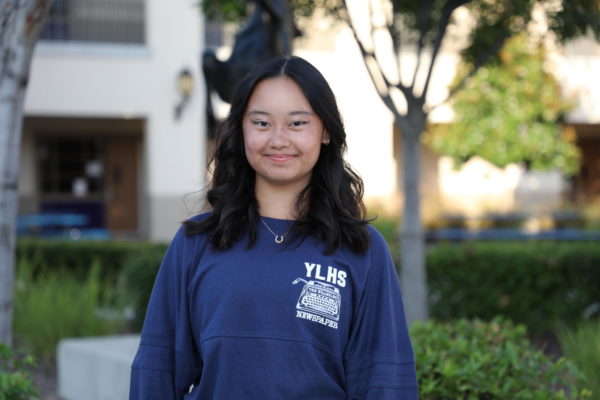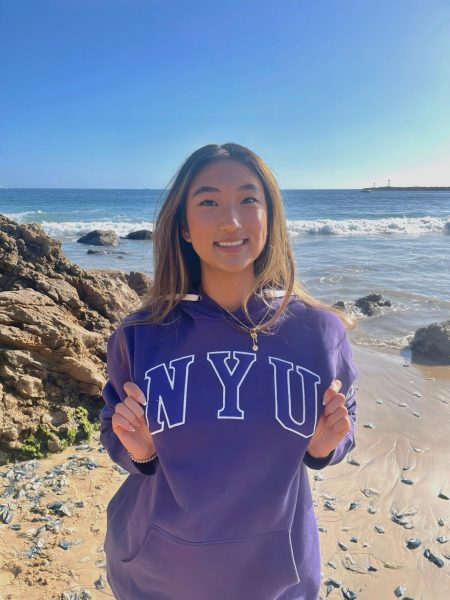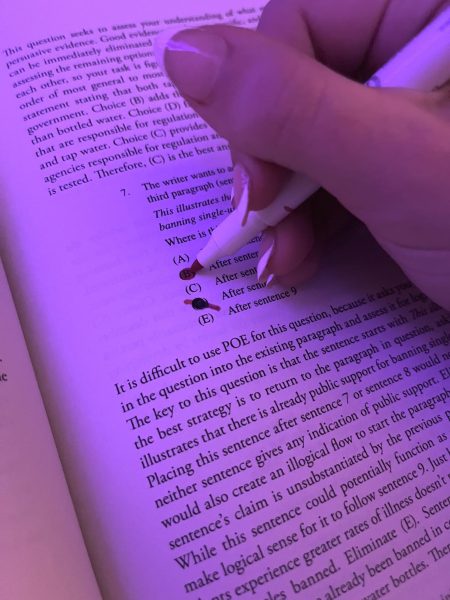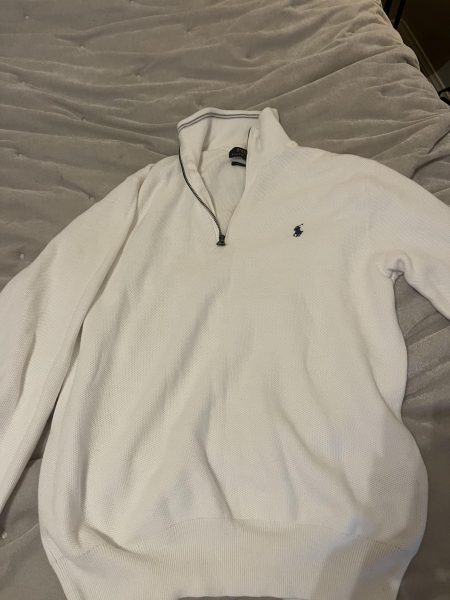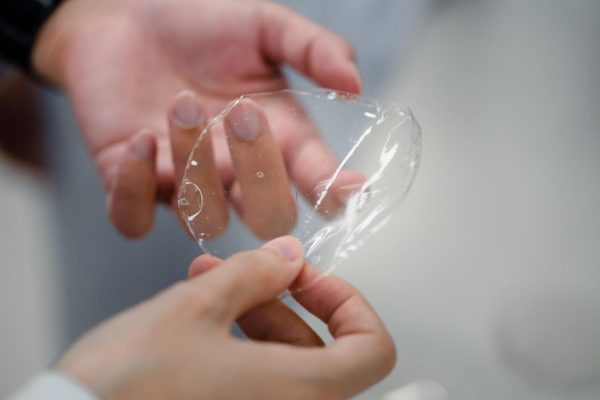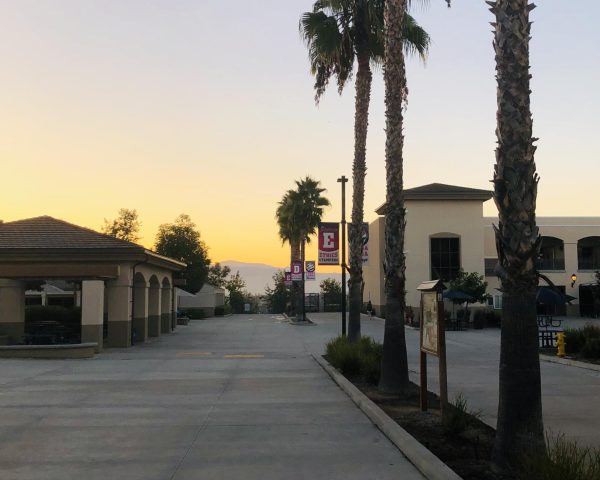Recovering From ACL Rupture and Reconstruction Surgery
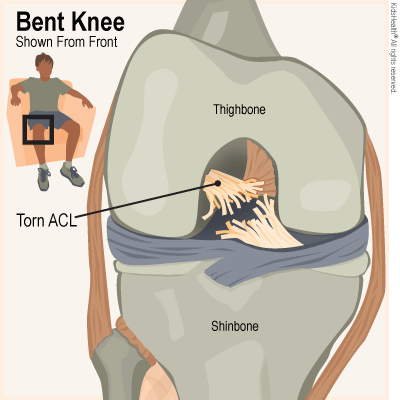
This illustration shows what my ACL would have looked like from September 2nd to November 19th.
January 7, 2022
There are four main knee ligaments: the Anterior Cruciate Ligament (ACL), Posterior Cruciate Ligament (PCL), Lateral Collateral Ligament (LCL), and Medial Collateral Ligament (MCL). Their vital function is to stabilize various parts of the knee and prevent them from moving around too much (stanfordhealthcare.org). The ACL is a ligament in the knees that limits the mobility of the shin bone, except for when it rips, almost certainly leaving the injured individual in major mental, physical, and financial pain for a significant amount of time.
In fact, there are 80,000 to 100,000 ACL repairs each year of 250,000 annual injuries in the US mostly from non-contact incidents (aafp.com/youthsportsortho.com). Females are disproportionately affected by this potentially devastating but surprisingly common injury. According to my surgeon’s Youtube channel, female athletes that jump and make sudden maneuvers “demonstrate a 4-6 fold higher incidence” of knee injuries than males, despite playing the same sports (youtube.com).
I was one of those unfortunate people who tore their ACL completely and have to endure a long process of recovery. The best thing about this injury is that I can share my experiences with Mustangs who may have unrelated sports injuries and have to navigate school while partially immobile. Whether you sprained your ankle and need to be on crutches for a week, or you broke multiple leg bones and need to be in a wheelchair for a few months, my story may be able to ease your recovery.
Timeline: Taekwondo Class
After my second day of school as a Sophomore, I had Taekwondo practice. That day, we were learning to execute running jump kicks. We warmed up before every class with lots of jogging and cardio. My Master called us to form a line to begin drills. Shaking my fatigue and sweat away, I tightened my belt and it was showtime. I ran calmly to my opponent (the free-standing striking bag). A foot away, I kicked my left knee up and jumped off my right leg. My goal was to firmly knock the leather assailant down and land in a stable fashion with the ball of my right foot. I didn’t even get to fully extend my right knee before my left ankle rolled inwards, causing a chain reaction involving my left knee swerving inwards then immediately outwards, and ending with a pop and me on my side, on the floor, in great pain and shock.
Emergency Room
After being helped to the side of the Taekwondo school, I was lifted to the car and my mom and I were on our way to the emergency room. It took a few hours just to get an x-ray, and I was not given a diagnosis. Instead, I was just released with a long straight leg brace and crutches.
First Day Back
After an exhausting night of my back aching from sleeping on the couch in addition to my mystery injury, it was time to go to school. I scurried to my classes, heavy backpack, crutches, and all. My friends helped me with carrying my schoolbag throughout the day, but my arms were still exhausted and constantly sore until I built enough muscle to sustain my commutes.
Doctor’s Appointment
The first two doctors to potentially treat my injury were slow, old-fashioned, and pessimistic because they routinely operated on elderly patients. My doctor, Dr. John A. Schlechter is a pediatric orthopedic surgeon who was a very fast-paced, down-to-earth, no-funny-business, doctor. He and his staff were very professional and their consideration of before and after-surgery care played a large role in my decision to have him operate on my knee. Dr. Schlechter advised my parents and me of the benefits of surgery over living with a torn ACL, with emphasis on the fact that I am athletic and young. We were sold on surgery almost immediately, especially because I wanted to decrease the chance of further damage to my knee. He estimated that the surgery would take around four hours and that I should wait a few months. My physical therapists and surgeon explained that I would need physical therapy to heal the inflammation and swelling from the initial injury, while also gaining muscle and strength that is hard to regain quickly after surgery.
Pre-Operation
A long-awaited MRI scan confirmed the dreaded ACL rupture. At my pre-op appointment, Dr. Schlechter suggested a patella tendon and bone graft to reconstruct my ACL. This would require five incisions to use a minimally invasive technique called arthroscopy. According to my doctor’s website, the benefits of arthroscopy are “smaller incisions, faster healing, a more rapid recovery, and less scarring” (youthsportsortho.com). The plan was to use a tiny camera (endoscope) to view the inside of my knee while reconstructing it with miniature surgical instruments.
I also had an appointment with a Medical Equipment Distributor who fitted me for the cyborg-like leg brace that you can find me in until next spring, and a Danninger Danniflex 400i CPM (Continuous Passive Motion) machine that moved my leg and improved my knee’s range of motion. All I needed to do was lift my leg onto the lambswool cloth that covered metal rods which bent my knee at the angle that was selected. He also delivered a convenient ice-machine for post-surgery use.
Surgery
My immediate pre-surgery guidelines were to fast from the night before and to shower before going to the surgery center. Once I changed into a hospital gown, got my IV stuck (the most nerve-wracking part of this whole ordeal in my opinion), and got my vitals checked, it was time to go to the operating room.
I said goodbye to my parents and was rolled on a bed to the brightest and most sterile room I have ever seen in my medical history. Inside, there were about half a dozen hair-capped and face-masked people all attending to different things at a fast pace. Upbeat music was blasting and I felt like I was at a futuristic dance party where the dress code was teal blue plastic, latex, and cotton. After having an anesthetic injected in me, and a gas mask placed over my face, I fell peacefully into a deep sleep for a few hours
I woke up in the recovery room, while nurses were helping me get adjusted in a speedy manner. One nurse asked me to move my toes, which thankfully I was able to do. Once I got home, I immediately iced my knee and went to sleep, eager to recover quickly.
Day One
The first day I woke up, I set my CPM machine to 30 degrees and relaxed to movies like Stalingrad and my old favorite Spirited Away. Using the bathroom was a strenuous chore that required me to unplug my ice machine, stop my CPM, and call one of my parents to help support my left leg and keep it straight while I crutched. Although it was annoying, I was driven to stay hydrated to accelerate my recovery.
Day Two
By the second day of healing, I was determined to kickstart my knee bending, so I set my machine to 60 degrees. My first shower took a lot of saran wrap and duct tape, as well as a drugstore plastic cover that seemed as if it wanted to stop my circulation more than keep my leg dry (find an adjustable version here).
Physical Therapy
According to Dr. Schlechter, the two most important things one needs to get back on their feet again quickly (besides personal determination), is “a good team” consisting of “a supportive family, and good physical therapist.” Luckily, I was eager to put in the work to recover, had a very encouraging and capable family, and skilled and professional physical therapists. On my first day of physical therapy, I was very scared of moving my knee at all, and my physical therapist started “normalizing my nerves” by massaging my left leg. He helped me bend my knee and loosen the muscles around the graft, which led to significant improvement by the next visit.
My second day consisted of reintroducing exercises like foot slides, side leg lifts (for the hips), and quad sets (with an electrical pulse machine to stimulate and help get feeling back) just like I did after I first tore my ACL.
My third day started with a massage and knee bending and exercises but I tried to start walking with both legs on the ground. I was able to put a significant amount of weight on my injured leg and walk pretty normally with crutches, which motivated me to keep going.
Getting Around
Right after I tore my ACL in September, I still got to roam around LA and other tourist sites in Southern California. Lots of grocery stores had electric shopping carts, and shopping centers had wheelchairs that I could use which was very convenient.
Right after surgery, I was wheeled around constantly. I only used crutches when absolutely necessary for fear of falling and further damaging my knee. My physical therapists reassured me that my graft was stable because my doctor had to ensure that before leaving the operating room, and helped me get comfortable using crutches.
My journey toward a fully recovered ACL has already been lengthy and has tested me physically and mentally, but I have kept a positive attitude and plan to run again by Summer Break. I have not been alone through this experience, rather, I have been guided by many people for which I am extremely appreciative. Whether it be my various doctors, family members, friends, or random strangers, I have never been alone in my struggle. In fact, YLHS’s Matthew Mancini (11) has been a great “recovery buddy” offering me insightful advice and kind assistance. Mancini was at Lacrosse practice one day and ended up tearing his ACL, MCL, and Meniscus in one fell swoop. He had a six-hour surgery in July of 2020 to repair them and is about six months into his approximately 12-month recovery. Coincidentally, we also go to the same physical therapy practice. Regarding aid, Mr. Mancini advises others to “accept all the help you can get” as “knee surgery is not something you can recover from alone.” I wholeheartedly agree.
My goal is that those reading this article can learn from my experiences in the unfortunate event that they injure their knee. YLHS students and staff should take care so that they don’t injure themselves, but if they do, I hope that they can find a sense of camaraderie with those who have been through what they will go through, and be prepared. Happy healing!

























